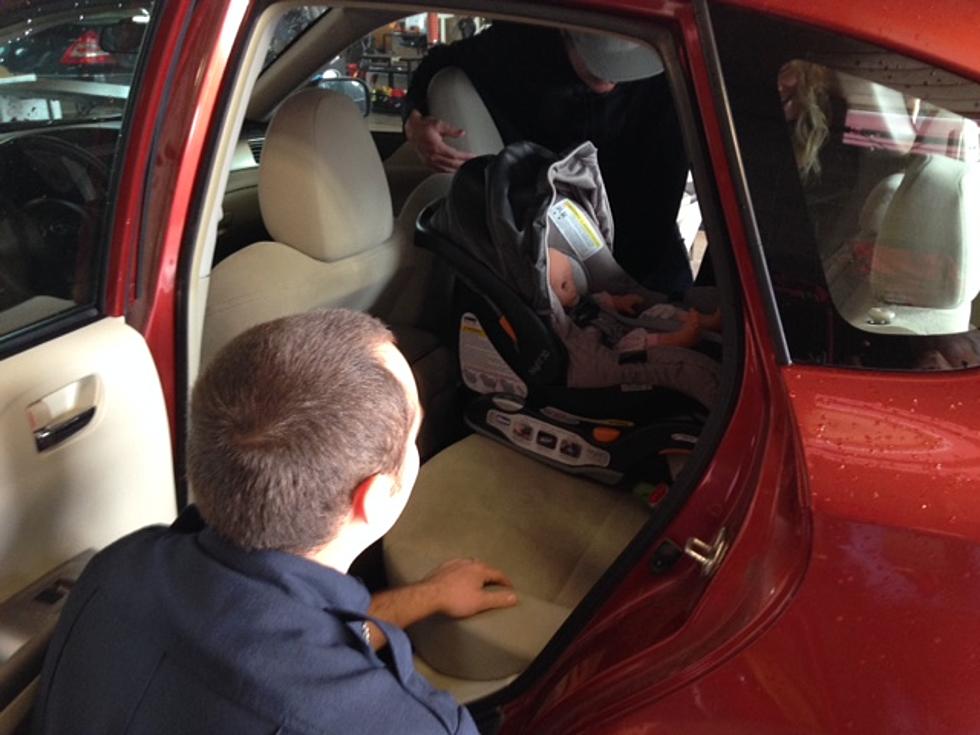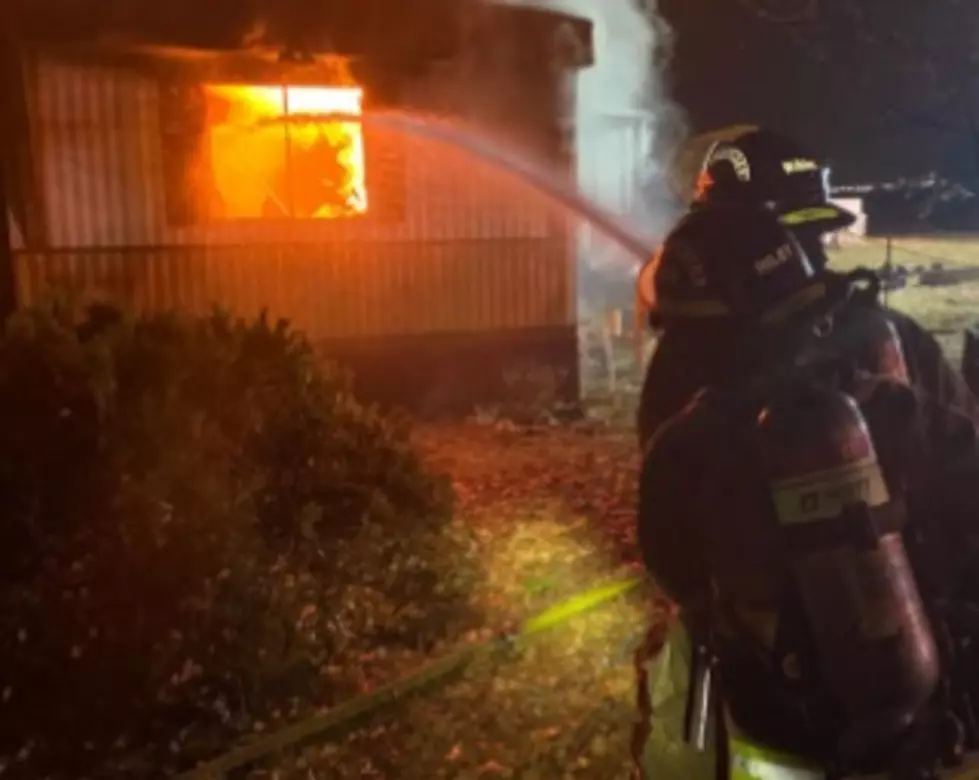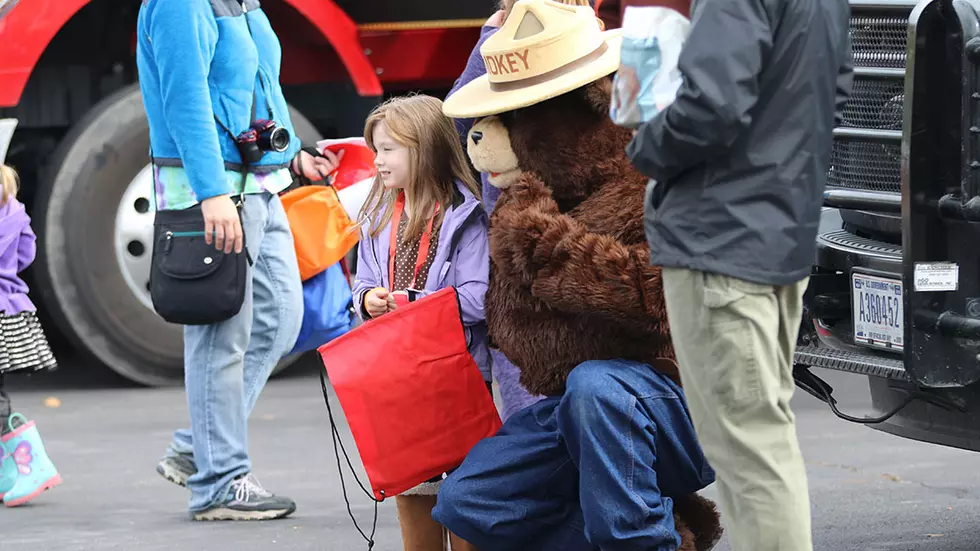
Saturday, May 1st was National Heatstroke Prevention Day
Saturday was National Heatstroke Prevention Day, and Kevi Berger, Operations and Programs Manager at the Foundation for Community Health, spoke to KGVO about the dangers of leaving children inside a vehicle.
“One of the things that we want to do is send out some information and let people know that a typical car can heat up about 19 degrees in just 10 minutes,” said Berger. “And cracking a window does not help. I think that a lot of people think that, ‘Oh, you know, it's no big deal, I left a window down’ and that really doesn't matter.”
Berger said in the past few years several instances of children being left in vehicles have made the news, some resulting in tragedies.
“There was a kind of a rash across the United States of small children left in their car seats, and they were the rear facing car seats,” she said. “I don't know if you remember that or not, but there were quite a few children that were left in their car seats, and so we want to make sure that before you get out of your car, if you have children or you have pets, make sure to always look in your backseat.”
Berger said recent changes by Congress have forced car makers to make checking the back seat mandatory before leaving the vehicle.
“I just bought a new car and one of the things that it actually does is every single time I turn my car off and place my car into park, it actually pops up and says ‘please check rear seat’ and it'll continue to ding at me for probably three to five seconds. The great thing is it actually not gives you that audio cue, but it also says it right up on the front screen.”
For those with older vehicles, Berger provided this helpful tip.
“When I was younger and I was a single parent, one of those strategies I would use is I would actually put my purse in the backseat,” she said. “I may have my keys in my pocket or something like that, but I would put the purse, or I would put diaper bag in the back seat. If you're going to work, you could put your briefcase back there, because then it forces you to look into that backseat.”
It was confirmed last week that a North Carolina 5-month-old baby lost her life after being left alone in a hot car on Sunday, April 25. This was the first hot car death of the year.
LOOK: The most expensive weather and climate disasters in recent decades
More From 96.9 Zoo FM









